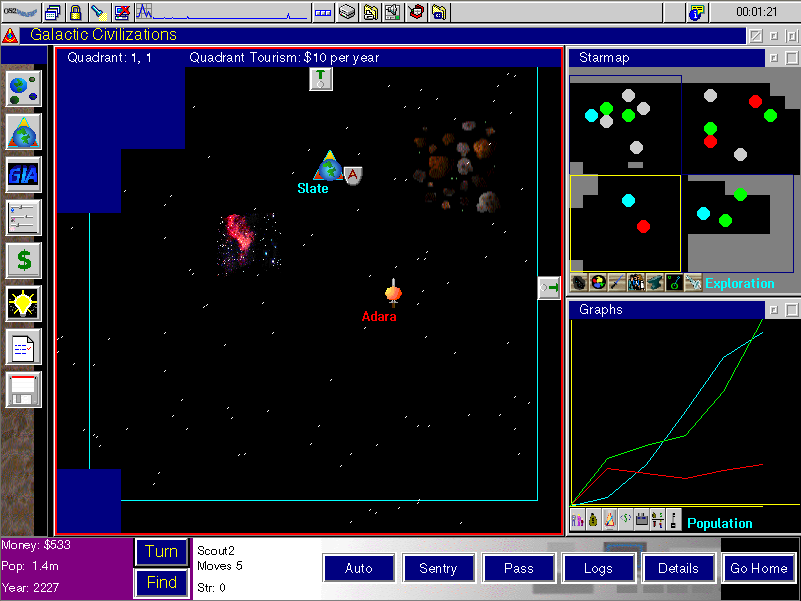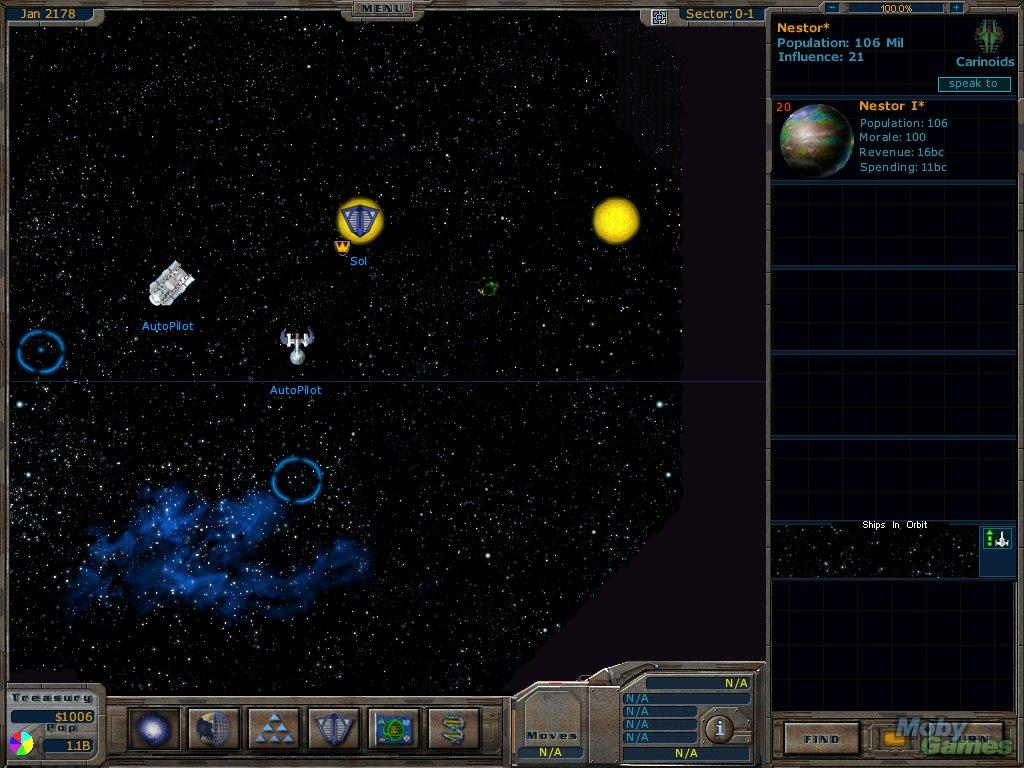I don’t want to turn this site into “All Stardock! All The Time!” but this was too cool not to pass on.
Brad (I’m on a first-name basis with Brad Wardell! Tee-hee!) has designed a boardgame version of Elemental: War of Magic, which five lucky beta testers are going to get to play. The entire game will be public on the forums. Here’s the starting post.


